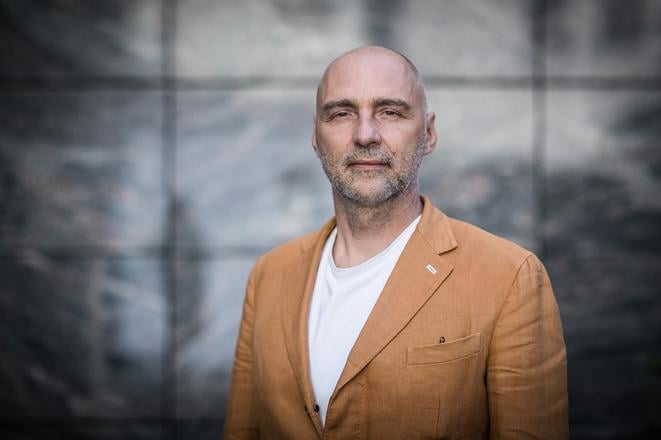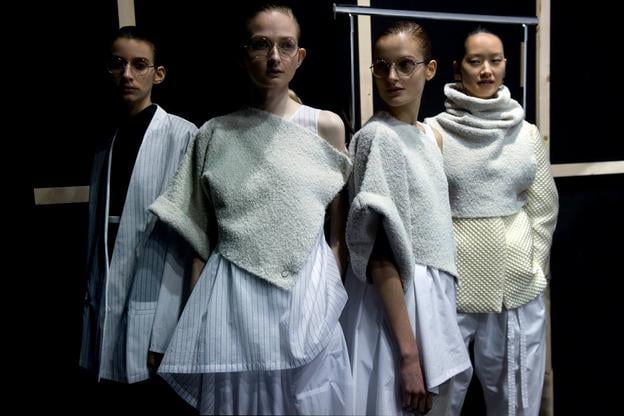In the 1990s, Ladislav and Bibiana Zdút, while visiting the Museum of Trade, stumbled upon a forgotten brand: Nehera.
“What struck me,” Ladislav Zdút told TV Markíza, “was how modern Jan Nehera’s approach was for its time. He had complete vertical integration, from design and production to retail.”
Inspired, the Zdúts registered the brand, and in 2014, Nehera was reborn. For Ladislav, who had a background in advertising, the move into fashion was a challenge.
“The hardest part was building a team that understood what needed to be done,” he recalled.
Nehera is born
In 1923, as the young Czechoslovak Republic sought stability following the turbulence of war, Jan Nehera, a trained locksmith and the son of a tailor, established a clothing company with his father and business partners in the Czech town of Prostějov. The business, called Nehera & Co., quickly grew. With a strong entrepreneurial spirit, Nehera soon bought out his partners, becoming the sole owner.
At first, Nehera focused on supplying ready-made garments, but his ambition drove him to open his own stores. His first shop appeared on Wenceslas Square in Prague, using the slogan: “From the manufacturer straight to the consumer.” Over time, Nehera’s business expanded rapidly, spreading to Scandinavia and Africa.
By 1939, he had opened 130 stores worldwide, including many in what is today Slovakia.
In the late 1930s, Nehera established a clothing factory in Trenčín, earning the Slovak city the nickname ‘the city of fashion’. He also opened a store on Obchodná Street in Bratislava, marking his 35th location in Slovakia.
Despite the economic difficulties of the time, Nehera’s business thrived, becoming a cornerstone of the Czechoslovak garment industry. His department stores, which catered to the middle class, offered services such as tailoring, ironing, and clothing alterations, providing a welcoming experience with children’s corners and reading areas for women.
Nehera was influenced by the business models of Henry Ford and Tomáš Baťa. He adopted their methods in marketing and management, building housing for employees, vocational schools, and supporting cultural and sporting events. Near his factory in Trenčín, he constructed a stadium and a swimming pool, further integrating his business into the community.
Nehera lost everything
Nehera’s success was cut short by the outbreak of the Second World War.
His factory in Trenčín was reportedly set on fire by fascists. In 1946, the business was nationalised by the state, and two years later, it was renamed Odeva. Nehera lost everything, including his business in Prostějov.


 Ladislav Zdút. (source: SME - Jozef Jakubčo)
Ladislav Zdút. (source: SME - Jozef Jakubčo)
 Since 2014, Nehera has regularly presented its collections at Paris Fashion Week. (source: Facebook/Nehera)
Since 2014, Nehera has regularly presented its collections at Paris Fashion Week. (source: Facebook/Nehera)